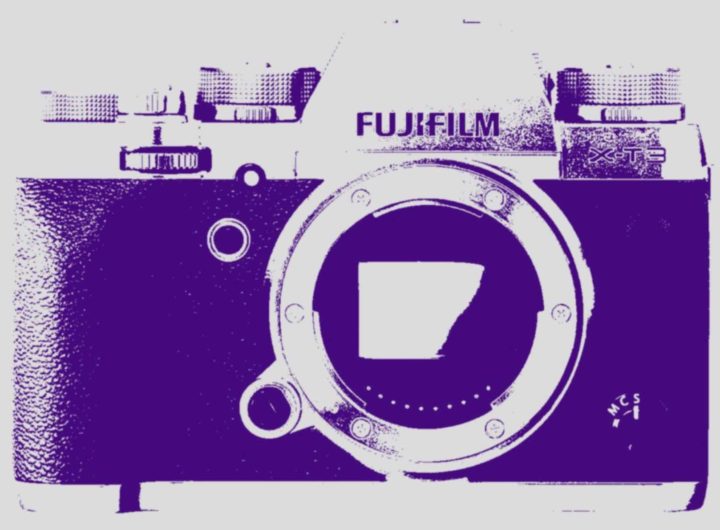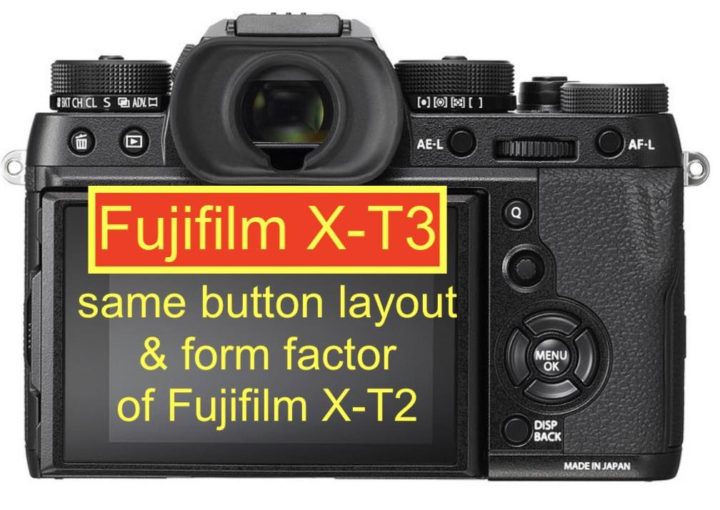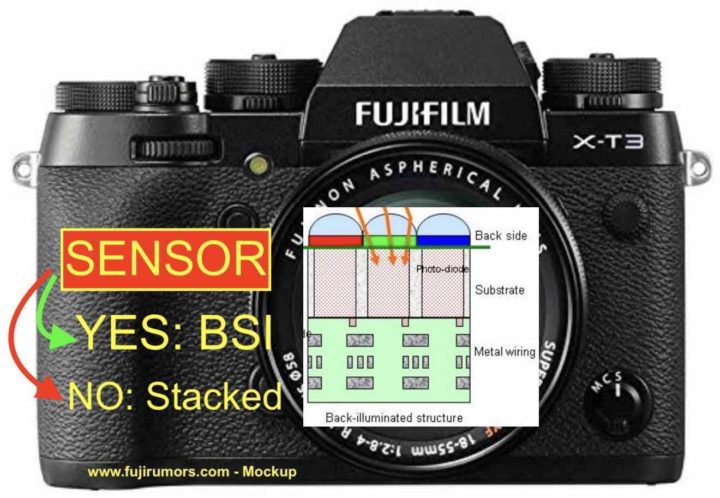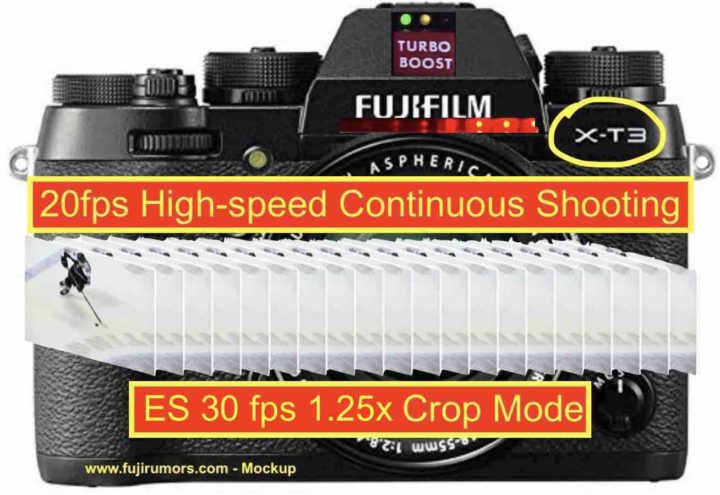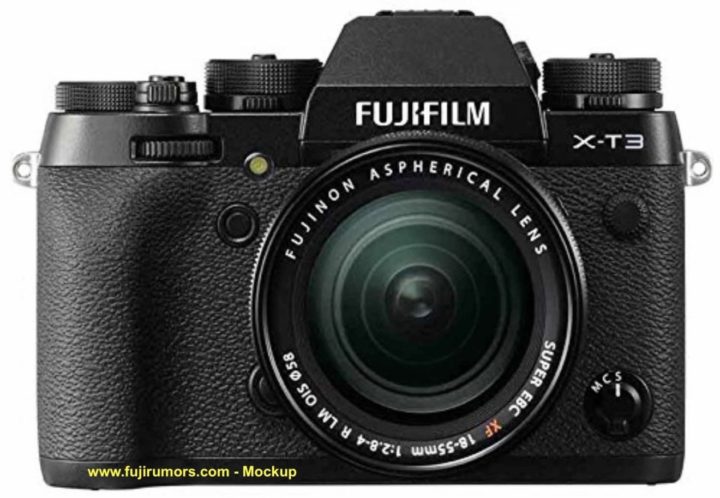Fujifilm X-T3 Reviews, Tracking Tests and Lock-Up Reports
Fujifilm X-T3 Roundup
TheCameraStoreTV published their full Fujifilm X-T3 review. No IBIS, could have battery life, but for the rest it’s a solid camera. Check out the video down below or directly on youtube here.
And now to the lock-ups.
Dylan Goldby has tons of great things to say about the Fujifilm X-T3. Especially the autofocus is excellent. He was convinced and pre-ordered one right away.
However, he experienced lock-ups. Check out the video above or on youtube here. In his follow up video here, he says Fuji is releasing a fix via firmware update.
We already reported, that ZedProMedia also experienced lock-ups, but only when his X-T3 was attached to the battery grip. Using the X-T3 body only, ZedProMedia said the camera was “rocksolid“. In Dylan’s case it happened with body only.
BigheadTaco also said he didn’t experience any lock-ups.
Keep in mind that most you see is pre-production stuff, and in part some bugs are to expect while developing the final firmware. But let’s hope that once the Fujifilm X-T3 hits the market, the X-T3 will be bug free… and if not, at least Fujifilm has a great firmware update history ;),
Fujifilm X-T3: BHphoto, AmazonUS, Adorama, Focuscamera
News, Rumors and Community: Fujifilm X-T facebook group / Fujifilm X-T facebook page
Join FujiRumors: Facebook, Instagram, RSS-feed and Twitter


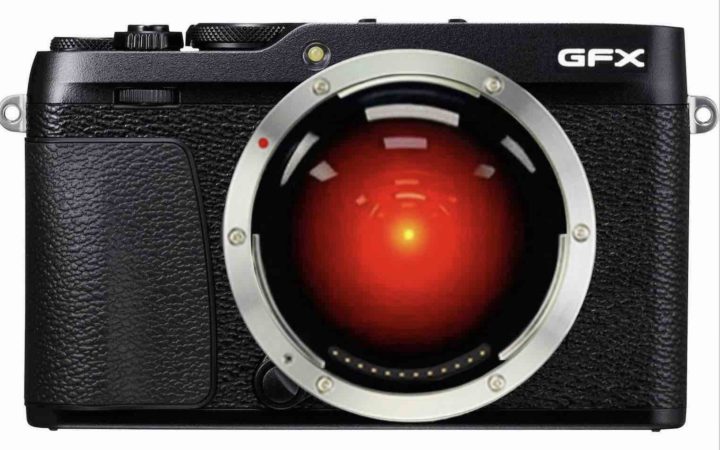
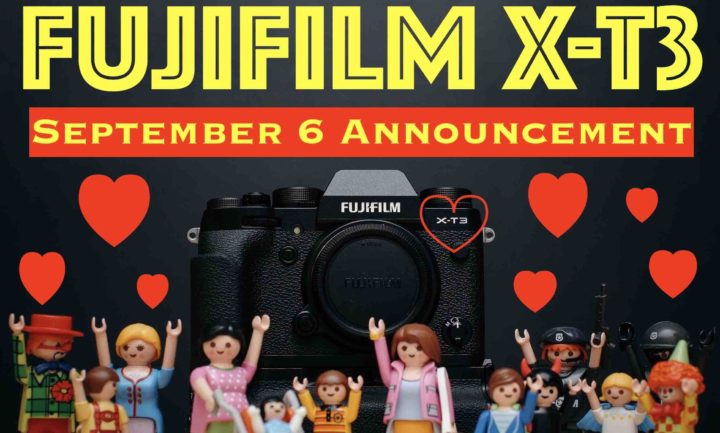
 ) for every post we share.
) for every post we share.